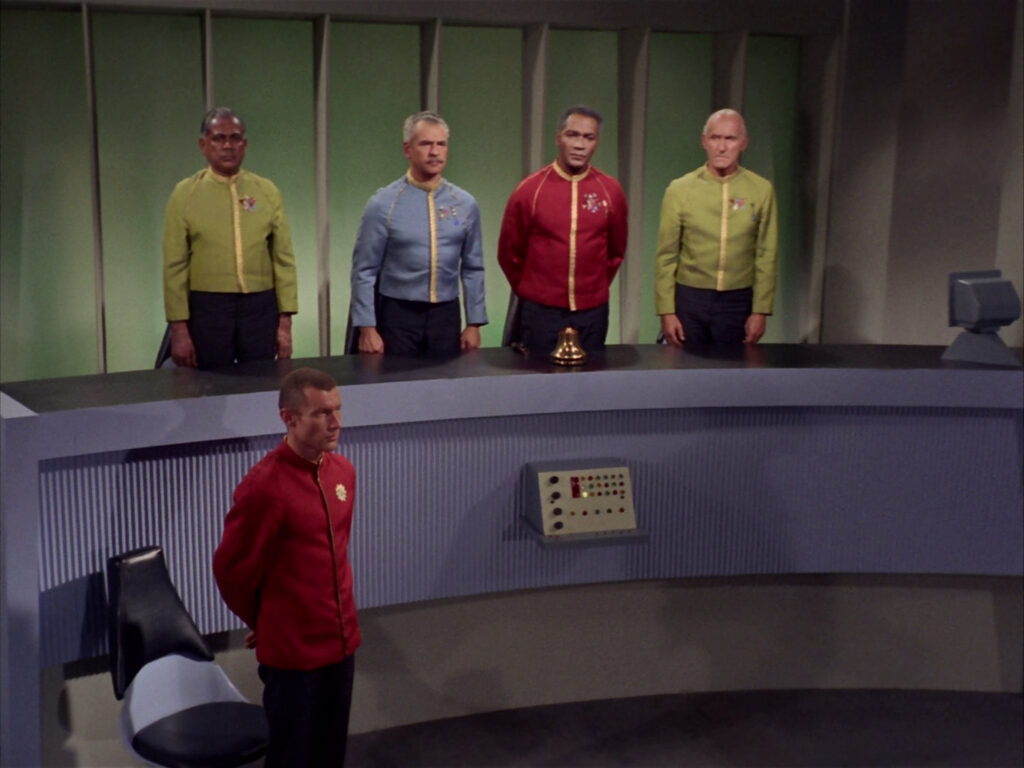 Star Trek premiered during the civil rights era and often pushed the envelope by showing a future where people of different ethnicities and members of different species joined together to explore space. At a time when roles for people of color in media were limited, sometimes the side characters in Star Trek end up being more impactful than anyone could have thought. I thought it was time to shout out some of the awesome characters of color on Star Trek, focusing on characters with one appearance in the alpha canon (some reappear in beta canon, but not all).
Star Trek premiered during the civil rights era and often pushed the envelope by showing a future where people of different ethnicities and members of different species joined together to explore space. At a time when roles for people of color in media were limited, sometimes the side characters in Star Trek end up being more impactful than anyone could have thought. I thought it was time to shout out some of the awesome characters of color on Star Trek, focusing on characters with one appearance in the alpha canon (some reappear in beta canon, but not all).
Some writers still have a tendency to write characters of color who seem to be nothing more than checklists of various harmful tropes – Asian Tiger Mom and so on – while not featuring other characters of the same ethnicity with more positive traits. Look to the infamous “Code of Honor” from The Next Generation to see a prime example of this. Other times writers tend to make characters of color who seem to have no flaws, drawing on tropes such as the idea that characters of Asian descent are “Model Minorities.” These characters, like Harry Kim, lack complex character arcs or nuanced motivations, and tend to advance the idea that all members of a certain group behave a certain way or tend to be in certain careers.
Reginald Lal Singh as Captain Chandra – The Original Series, “Court Martial”
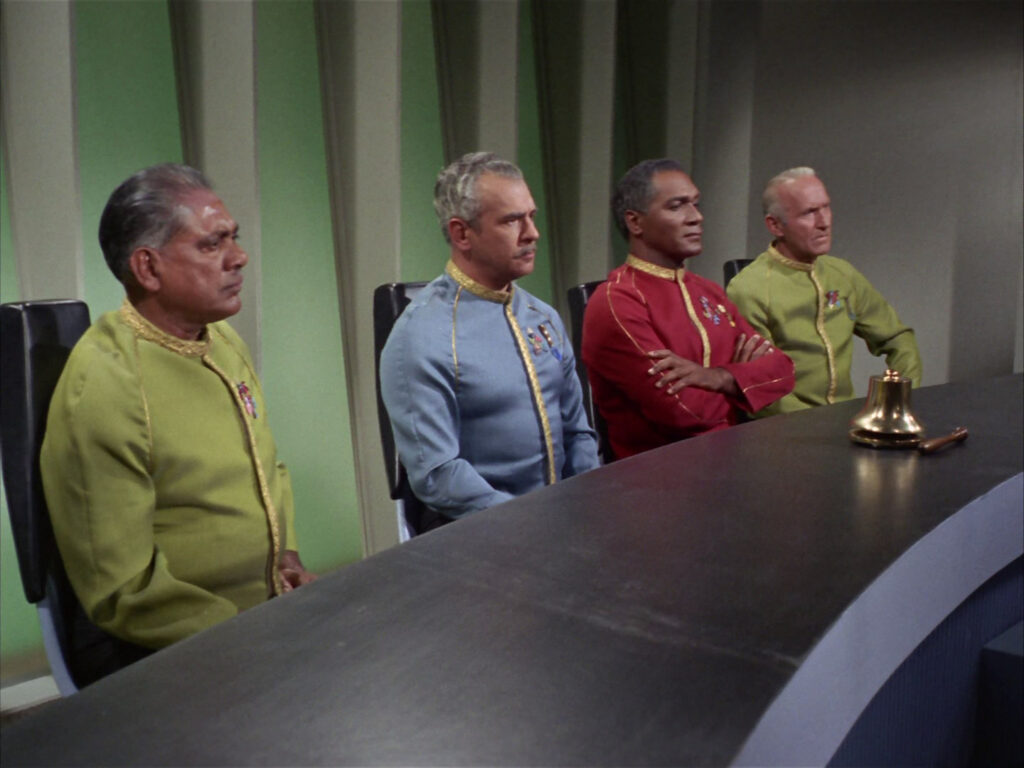
“Court Martial” is focused on Kirk defending himself from accusations he killed Communications Officer Finney, a friend turned enemy, but it’s the court members who are most fascinating. Although all are portrayed by men, they are ethnically diverse and include two people of color. Commodore Stone is the one who oversees the trial, a very highly decorated Black Starfleet officer. His bargaining with Kirk to just accept the recording then have Kirk accept a desk job instead of a scandal, even though it does not make sense due to character witnesses and other evidence, does seem very stubborn. The other Starfleet officer of color, Captain Chandra, does not have a defined character arc, although we see him and a white peer socially interacting, showing balanced representation. Chandra may not even be known by name to most fans, but he is shown as a decorated officer who does not dismiss the inconsistencies in evidence, leading to the eventual vindication of Kirk. Chandra is there for a slight role, but the casual positive appearance of a superior officer of Indian descent highlights how sometimes Trek challenged the status quo in small ways that were even more important at the time. Compare this to Khan, the most well known character of Indian heritage in the franchise, who has never been portrayed by an Indian actor and was white washed in the reboot movies.
Ensign Dawson Walking Bear – The Animated Series, “How Sharper than a Serpent’s Tooth”
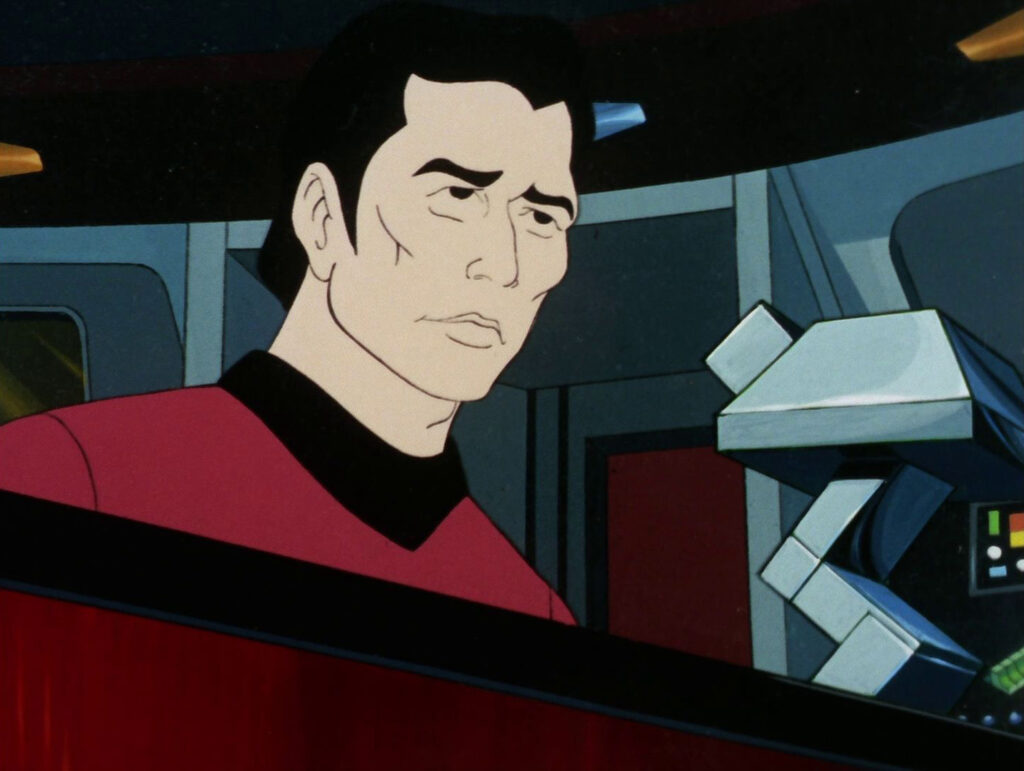
The first episode to win an Emmy for the franchise did retread the ubiquitous “Starfleet has to challenge a deity” plot thread, but it did something Trek has yet to do since – have a Native American writer create a positive representation of a Native American character. Russell Bates, a member of the Kiowa, wrote another script that was not produced, but “How Sharper than a Serpent’s Tooth” lets Ensign Walking Bear guide the mission and provide information about the being they encounter, Kukulkan. His knowledge also serves as a primary source of cultural information for the audience as well, as they learn alongside Kirk and the others about the cultural objects they encounter on the planet. Although casting a Native American voice actor instead of having him voiced by James Doohan would have made this representation much more meaningful, Walking Bear is written as an admirable figure and no one questions his right as an ensign to be part of the landing party. Walking Bear is also able to help defeat Kukulkan based on his previous expertise researching Kukulkan’s city, so no red shirts die and no damage is done to the planet – one of the best first encounters from TOS and TAS. Can I please end up in the universe where Bates was writing for Trek until his death, keeping Jackie Marks aka Jamake Highwater aka the consultant who pretended to be Native American and ruined the Native American representation Chakotay was meant to provide, out of any writing room?
Judyann Elder as Lieutenant Ballard – The Next Generation, “The Offspring”
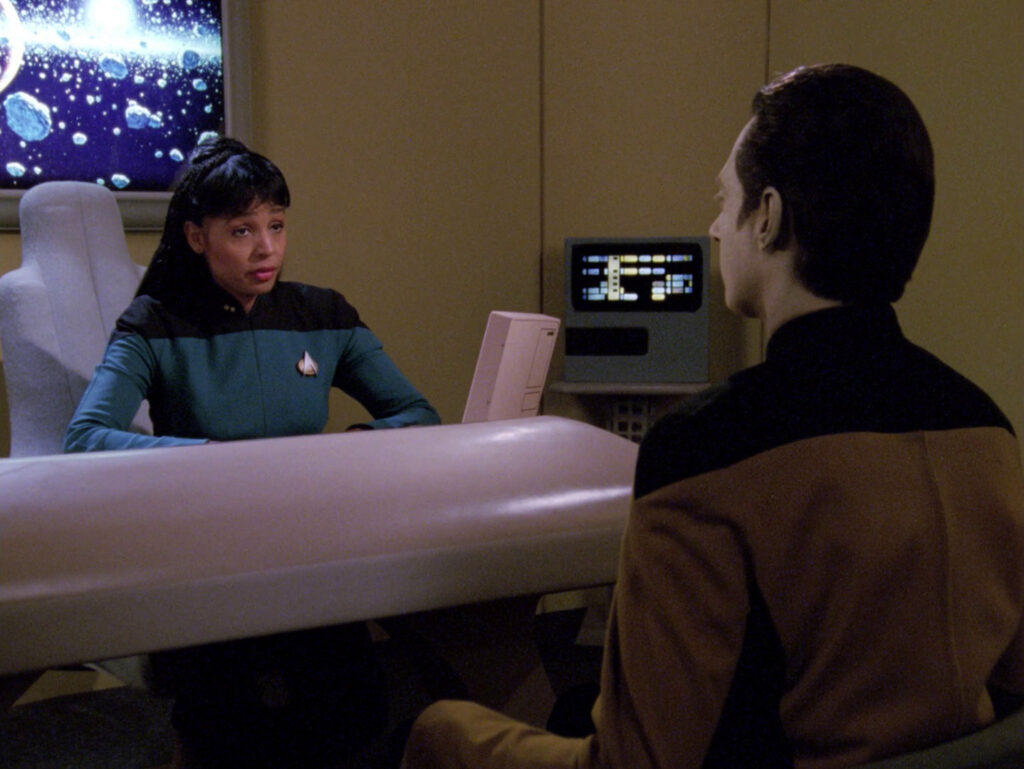
While she has a very small role, Lieutenant Ballard, the teacher in “The Offspring,” recognizes how even if humanity has progressed so much, it still sometimes stumbles. When Lal tries to attend school to develop better social skills, other children struggle with welcoming Lal into the classroom and making her part of the group. Lieutenant Ballard does not force Lal to try to fit in, nor does she ever say the problem is Lal. When discussing Lal’s first day with Data, Ballard does not shift the blame to Lal. While it may have been better to show her working with the students to integrate Lal, it does show Lieutenant Ballard does not subscribe to the very harmful idea of that all students must be the exact same, making anyone who can’t conform the problem, which still sometimes shows up in modern classrooms, particularly for neurodivergent kids. As someone who still struggles with social interactions, it is comforting to know that these older ideas on how to treat students are less normalized in the future.
Keone J. Young as Harmon “Buck” Bokai – Deep Space Nine, “If Wishes Were Horses”
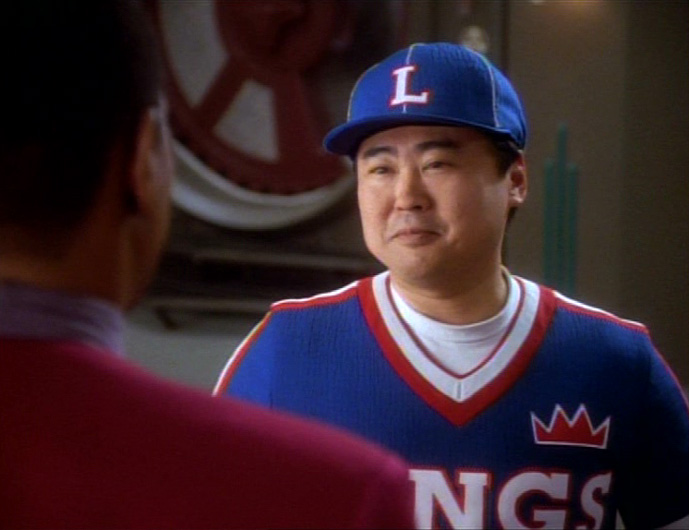
Getting to see some lightness in one of the first series to focus on themes like the fallout of sustained warfare, PTSD, generational trauma, and similar, Buck Bokai was the breath of fresh air we needed. Even though an alien presence takes his form, seeing Benjamin and Jake Sisko excitedly talk about Bokai’s records is heartwarming. Baseball continued to be one of the few outlets Ben Sisko had while trying to save Bajor, defeat the Dominion, and deal with Kai Winn. It was also one of the shared interests of Ben Sisko and Kasidy Yates; by seeing them bond over their shared interest in a sport that is almost dead on Earth, the audience sees their relationship develop healthily. Buck Bokai himself also provided needed inspiration for Ben Sisko, as he broke several records set by Joe DiMaggio and played in the very last World Series held on Earth, cementing his place in baseball history. The alien posing as Bokai used information in Sisko’s mind to assume Bokai’s form and interact with him. While the other aliens seem to be more devious in their forms – Rumplestiltskin from Molly O’Brien’s nightmares, a promiscuous Jadzia Dax from Julian Bashir’s desires, and more – the Bokai alien seems truly curious and trustworthy. When it seemed like two different quadrants were throwing everything terrible at him, Sisko getting some happiness from Bokai is a wonderful thing.